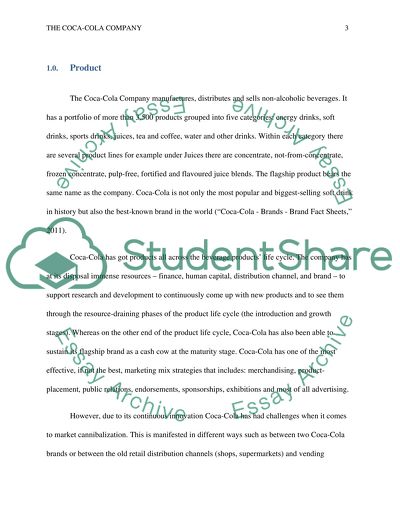Cite this document
(“Economics of the the Coca-Cola Company Essay Example | Topics and Well Written Essays - 3250 words”, n.d.)
Retrieved de https://studentshare.org/macro-microeconomics/1392104-describe-coca-cola-company-s-businesssuch-as
Retrieved de https://studentshare.org/macro-microeconomics/1392104-describe-coca-cola-company-s-businesssuch-as
(Economics of the the Coca-Cola Company Essay Example | Topics and Well Written Essays - 3250 Words)
https://studentshare.org/macro-microeconomics/1392104-describe-coca-cola-company-s-businesssuch-as.
https://studentshare.org/macro-microeconomics/1392104-describe-coca-cola-company-s-businesssuch-as.
“Economics of the the Coca-Cola Company Essay Example | Topics and Well Written Essays - 3250 Words”, n.d. https://studentshare.org/macro-microeconomics/1392104-describe-coca-cola-company-s-businesssuch-as.


